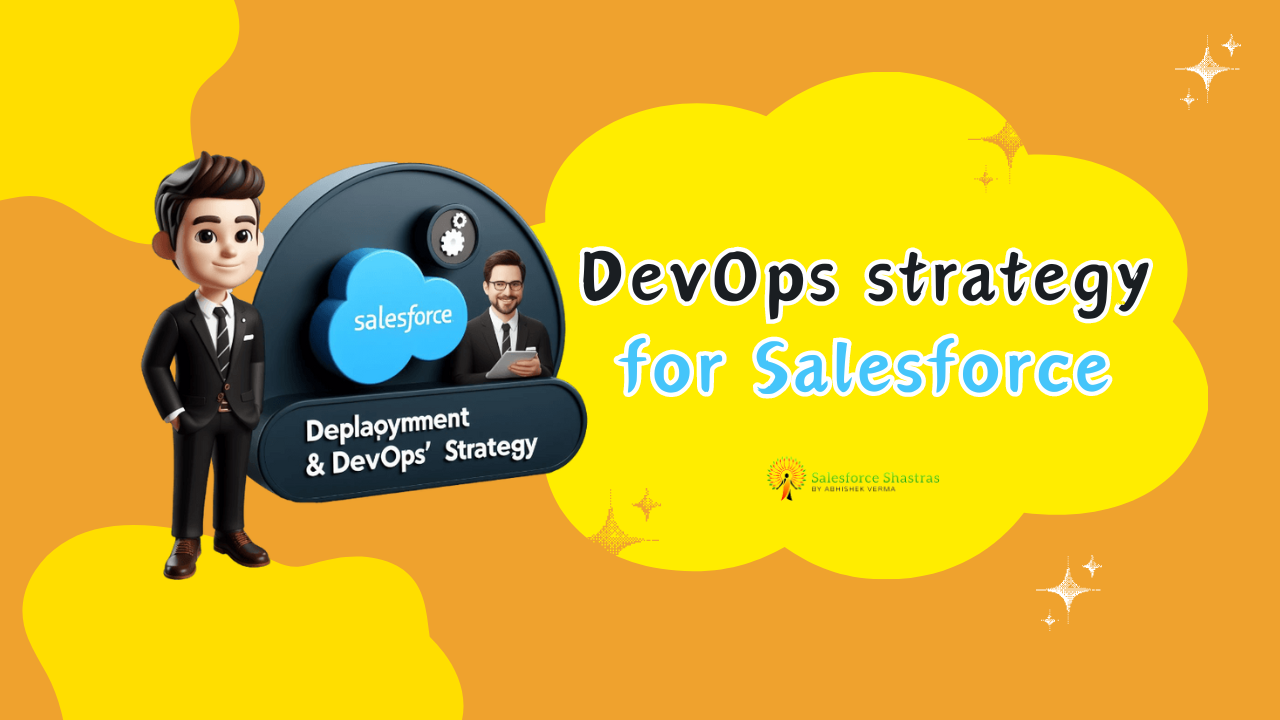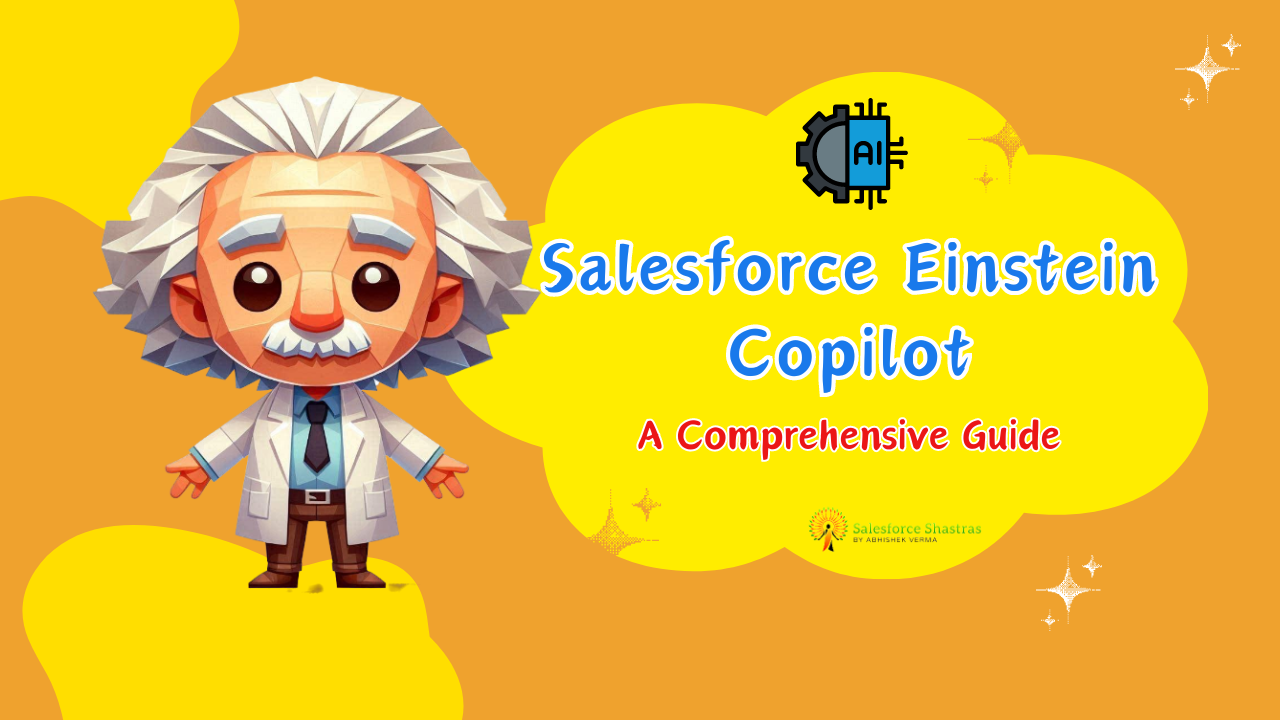Introduction
In today’s rapidly evolving digital landscape, maintaining agility and innovation is crucial for businesses leveraging Salesforce. DevOps, a set of practices that combines software development (Dev) and IT operations (Ops), bridges the gap between these teams to enhance collaboration and productivity. This guide delves into how a DevOps strategy for Salesforce can revolutionize your Salesforce experience, fostering an environment of continuous improvement and efficiency.
Understanding DevOps and Its Importance for Salesforce
DevOps is more than a buzzword; it’s a transformative methodology that promotes faster development cycles, higher quality software, and more responsive customer service. For Salesforce, incorporating DevOps practices means streamlining the development process of custom features, reducing deployment risks, and accelerating time to market for new innovations. It’s about leveraging automation, collaboration, and continuous feedback to make your Salesforce operations more resilient and agile.
Key Components of a Successful DevOps Strategy
Continuous Integration and Continuous Deployment (CI/CD)
- Continuous Integration (CI): Integrates code into a shared repository frequently, automatically testing it to detect and fix bugs quicker.
- Continuous Deployment (CD): Automates the release of a validated CI to your Salesforce environment, ensuring that new features and fixes are rapidly available.
Version Control
Utilizing version control systems like Git allows team collaboration on code changes, maintaining a history of modifications, and ensuring a rollback strategy is in place for every deployment.
Automated Testing
Automated tests verify the stability and performance of new builds, providing immediate feedback. For Salesforce, this ensures custom features don’t disrupt existing functionalities.
Monitoring and Feedback
Real-time monitoring tools and feedback channels help quickly identify and address any issues post-deployment, maintaining system integrity and user satisfaction.
Implementing DevOps in Your Salesforce Environment
Step 1: Assessing Your Current State
Evaluate your current Salesforce setup and workflows. Identify pain points in your development and deployment processes that DevOps practices can alleviate.
Step 2: Planning and Strategy Development
Outline your goals, such as improving deployment frequency or reducing change failure rates. Develop a strategy that includes process changes, team structures, and necessary tooling.
Step 3: Tool Selection
Choose tools that integrate well with Salesforce and support your DevOps goals. Consider solutions for version control, CI/CD automation, testing, and monitoring.
Step 4: Execution and Continuous Improvement
Implement your strategy in phases, starting with small, manageable projects. Collect feedback and metrics to refine your approach continuously.
Best Practices for Accelerating Salesforce with DevOps
- Foster a culture of collaboration and openness among development and operations teams.
- Automate everything possible, from code integration to testing and deployment.
- Implement a robust change management process to ensure smooth transitions during deployments.
- Invest in training and resources to keep your team up-to-date with the latest DevOps trends and tools.
Challenges and Solutions in Salesforce DevOps Integration
Integrating DevOps with Salesforce can present challenges, such as cultural resistance or tool compatibility issues. Overcoming these requires:
- Clear communication of the benefits and value of DevOps across teams.
- Choosing tools and practices that align with Salesforce’s architecture and security standards.
- Providing continuous support and training for team members during and after the integration process.
Conclusion
A well-implemented DevOps strategy for Salesforce can significantly enhance your organization’s ability to innovate and respond to customer needs swiftly. By adopting the right mix of practices, tools, and cultural changes, you can unlock the full potential of your Salesforce environment, delivering quality solutions at an unprecedented pace. As you move forward, remember that DevOps is a journey of continuous improvement and adaptation. Start small, learn from each step, and always strive for better collaboration and efficiency.



